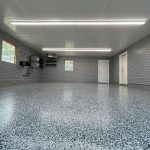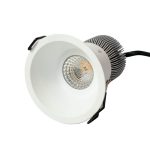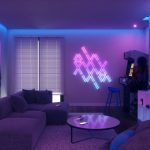LED Recessed Lights: Understanding Amp Draw and Energy Efficiency
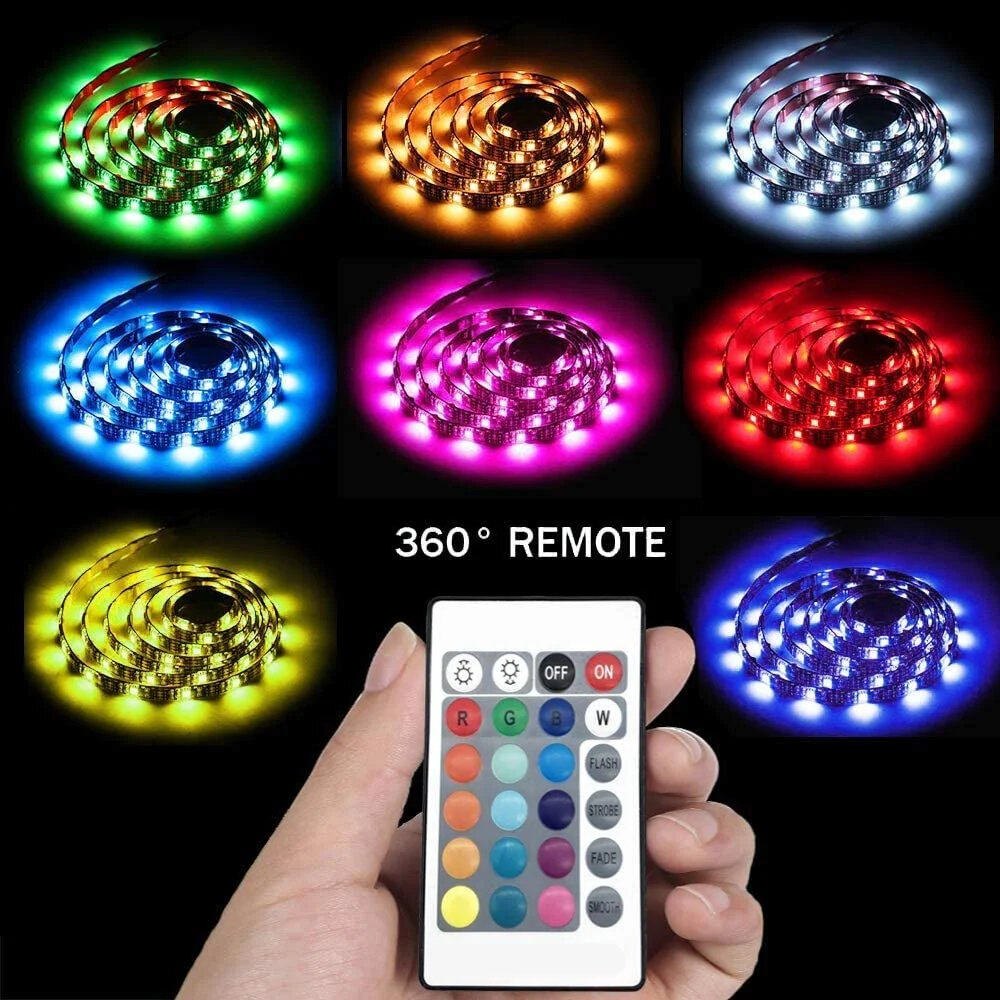
The world of lighting has undergone a significant transformation over the past few years, with the advent of LED technology. LED lights have become increasingly popular due to their high energy efficiency, long lifespan, and versatility. One of the most popular types of LED lighting is recessed lights, which are installed in the ceiling and provide a sleek and modern look. However, when it comes to choosing LED recessed lights, it’s important to understand the amp draw and energy efficiency to ensure you are making an informed decision. Understanding the amp draw of LED recessed lights is crucial because it determines how much power they consume. Amp draw is the amount of current that flows through the light, and it is measured in amps. The lower the amp draw, the less power the light consumes, which means lower energy bills and reduced environmental impact. Energy efficiency is also an essential factor to consider when choosing LED recessed lights. LED lights are known for their high energy efficiency, but not all LED lights are created equal. By understanding the energy efficiency of LED recessed lights, you can choose the most efficient option that will provide the required amount of light while keeping energy costs low.
LED recessed lights are a popular lighting option that is installed in a hollow opening in the ceiling. They are energy-efficient and last longer than traditional lighting options, making them a cost-effective choice for homeowners. LED recessed lights come in different sizes and shapes, allowing for flexibility in design and placement. They emit a bright and uniform light that can enhance the ambiance of any room. Additionally, their low heat emission reduces the risk of fire hazards, making them a safer choice for homes. Understanding the amp draw and energy efficiency of LED recessed lights can help homeowners make informed decisions when selecting lighting options for their homes.
Understanding amp draw and energy efficiency is crucial when it comes to LED recessed lights. Amp draw represents the amount of electrical current drawn by the light, which in turn affects the energy consumption and efficiency. By knowing the amp draw, one can determine the appropriate wiring and circuit breakers needed to power the lights. Energy efficiency, on the other hand, is essential in reducing energy costs and minimizing the impact on the environment. LED recessed lights are known for their energy efficiency as they consume less power and last longer than traditional lighting options. Thus, understanding amp draw and energy efficiency allows for better decision-making in selecting and using LED recessed lights, resulting in cost savings and environmental benefits.
What is Amp Draw?
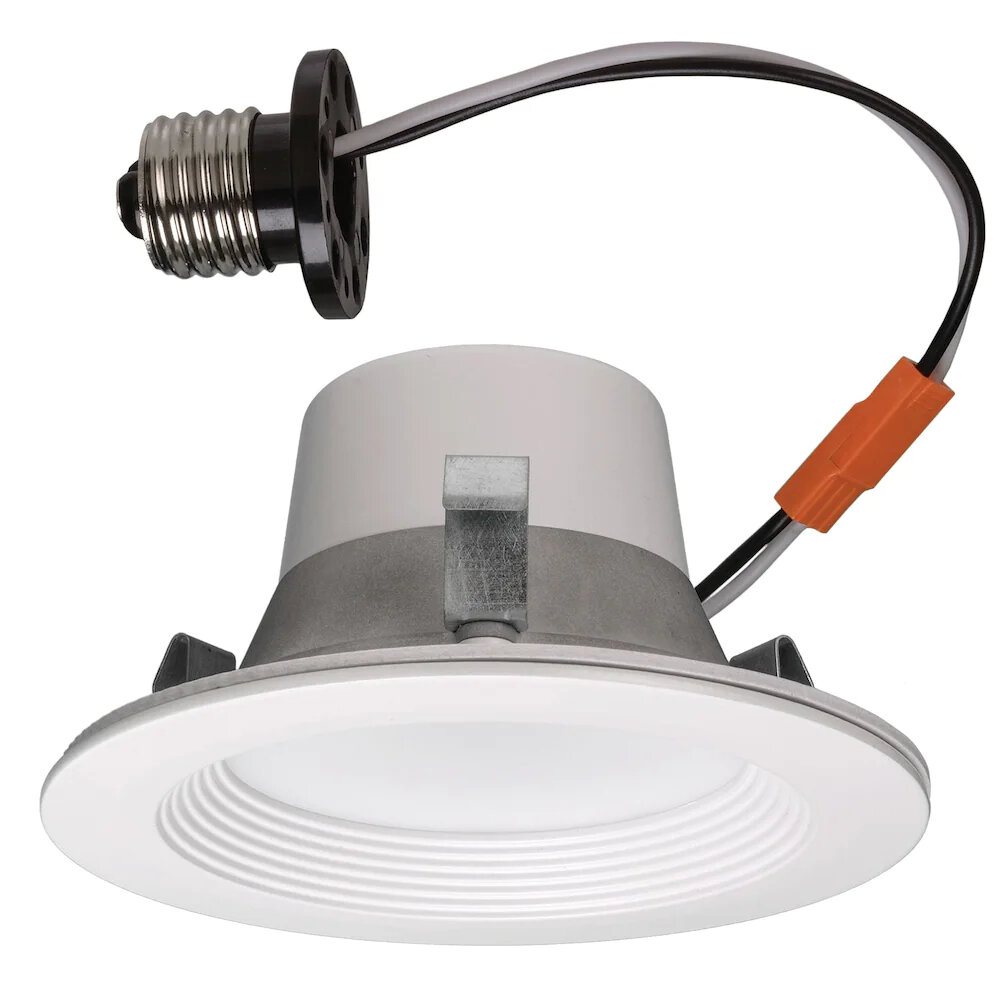
Amp draw is the measurement of the amount of electrical current that a particular device or appliance requires to function properly. It is a vital metric to understand when dealing with electronic products, including LED recessed lights. The ampere, commonly referred to as an amp, is the unit of measurement for current. It is the rate at which electrical charge flows through a circuit. The higher the amp draw of a device, the more electricity it will consume. Therefore, it is essential to keep track of the amp draw of LED recessed lights to ensure that they are not consuming more power than necessary. The importance of understanding amp draw in LED recessed lights lies in the energy efficiency of the product. LED lights are known for their energy efficiency and long lifespan, making them a popular choice for lighting in homes and businesses. However, if the amp draw of the LED recessed lights is too high, it can negate the energy savings that LED lights provide. By understanding amp draw, you can choose LED recessed lights that have a lower amp draw, which will consume less energy and save you money on your energy bill. Additionally, by selecting LED lights with a lower amp draw, you can reduce the strain on your electrical system, which will help to extend the lifespan of your LED lights and decrease the likelihood of electrical problems.
Amp draw refers to the amount of electrical current that an LED recessed light fixture consumes when it is in operation. It is measured in amps and is a crucial factor to consider when selecting and installing LED recessed lights. The amp draw of a fixture determines the amount of power it requires to function, which can impact the overall energy efficiency of the lighting system. Understanding the amp draw of LED recessed lights is essential to ensure that they are integrated into a lighting system that is both effective and efficient. By measuring the amp draw, one can determine the amount of power consumed by a lighting fixture, which can help to reduce energy costs and minimize the environmental impact of lighting systems.
LED recessed lights are an excellent choice for energy-efficient lighting solutions. These lights consume less power compared to traditional lighting technologies and emit brighter, whiter light. They are designed to be recessed within the ceiling or wall, providing a clean and modern look to any space. Understanding the amp draw and energy efficiency of LED recessed lights is crucial in determining their performance and lifespan. The amp draw is the amount of electrical current the light fixture requires to function, and it directly affects the energy consumption of the light. LED lights have a lower amp draw than incandescent or fluorescent lights, making them more energy-efficient and cost-effective in the long run. Additionally, LED lights have a longer lifespan, reducing the need for frequent replacements and maintenance. Overall, LED recessed lights are an excellent investment for homeowners and businesses looking for energy-efficient and long-lasting lighting solutions.
When it comes to energy efficiency, understanding the amp draw of LED recessed lights is crucial. Amp draw refers to the amount of electrical current that flows through a circuit. The lower the amp draw, the less energy the light fixture consumes. This means that by selecting LED recessed lights with a lower amp draw, you can significantly reduce your energy consumption and save money on your electricity bills. Additionally, a lower amp draw means that the light fixture produces less heat, which can help prolong its lifespan and reduce the risk of fire hazards. Thus, paying attention to the amp draw of LED recessed lights is a smart choice for both financial and safety reasons.
Understanding Energy Efficiency
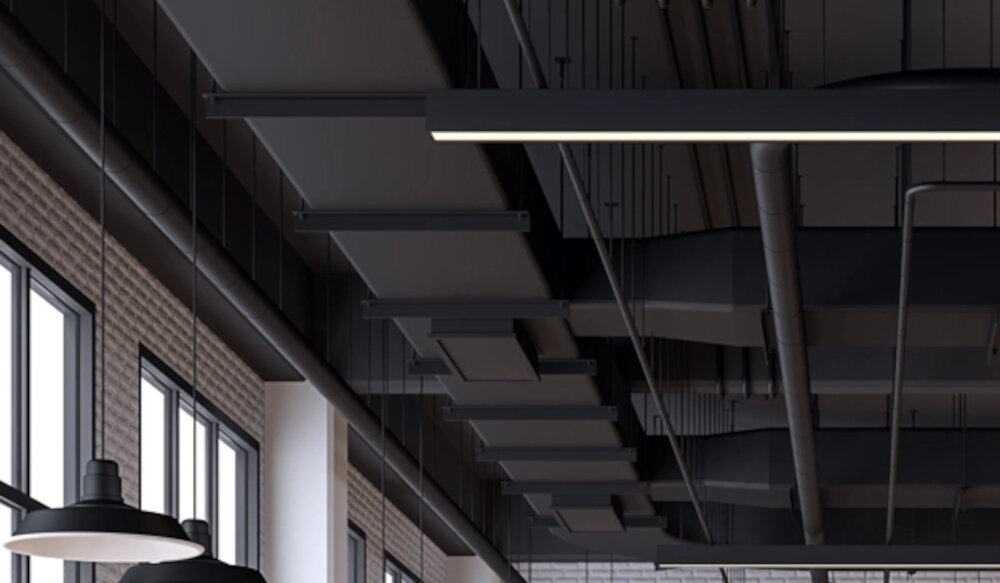
Energy efficiency is an essential concept that has become increasingly important in the modern world. It refers to the process of using less energy to perform the same function and achieve the same results. Understanding energy efficiency is crucial because it can help individuals, businesses, and governments save money, reduce their carbon footprint, and ensure that the planet’s natural resources are conserved for future generations. Energy efficiency can be achieved through various means, including the use of energy-efficient appliances, LED light bulbs, and improved insulation and building design. When it comes to LED recessed lights, understanding energy efficiency is essential. LED lights are known for their energy efficiency, as they use less electricity to produce the same amount of light as traditional incandescent bulbs. However, it is important to understand the concept of amp draw, which refers to the amount of electrical current that a device draws from a power source. By understanding amp draw, individuals can determine the amount of energy that their LED lights consume and make informed decisions about energy usage. Additionally, understanding energy efficiency is crucial when it comes to reducing energy costs and improving the lifespan of LED recessed lights. By using energy-efficient lighting solutions, individuals can save money on their electricity bills and reduce their environmental impact.
Energy efficiency is a term that refers to the ability of a device or system to perform its intended function while minimizing the amount of energy it consumes. In other words, it is the ratio of output energy to input energy, and it measures how much energy is wasted in the process of providing a service. Energy efficiency is a critical concept in today’s world, where environmental concerns and rising energy costs are at the forefront of people’s minds. By improving energy efficiency, we can reduce our energy consumption, lower our carbon footprint, and save money on our utility bills. It is particularly important in the lighting industry, where LED recessed lights offer significant energy savings compared to traditional incandescent or fluorescent lighting.
LED recessed lights are becoming increasingly popular due to their energy efficiency and long lifespan. They provide a sleek and modern look to any room while consuming less energy and producing less heat than traditional lighting options. By using LED recessed lights, homeowners can significantly reduce their energy consumption and lower their electricity bills. Additionally, LED lights are environmentally friendly as they do not contain harmful chemicals like mercury, which is found in fluorescent bulbs. Furthermore, LED lights have a longer lifespan than traditional bulbs, which means fewer replacements and less waste. Overall, LED recessed lights are an excellent choice for homeowners who want to save money, reduce their carbon footprint, and enhance their home’s aesthetic appeal.
There are several factors that can affect energy efficiency when it comes to LED recessed lights. The first factor is the quality of the light bulbs themselves. Low-quality bulbs may not be as efficient as those made with better technology. Another factor is the design of the fixture itself. A well-designed fixture will be able to direct light where it is needed most, while minimizing wasteful scattering. Additionally, the amount of light needed for a given space can also impact energy efficiency. By using the right amount of light, and choosing LED lights with the appropriate brightness, it’s possible to achieve optimal energy efficiency without sacrificing the quality of the lighting itself. Finally, regular maintenance and cleaning can also have an impact on energy efficiency, as dirty or worn bulbs may not work as efficiently as those that are properly maintained.
Amp Draw vs. Energy Efficiency
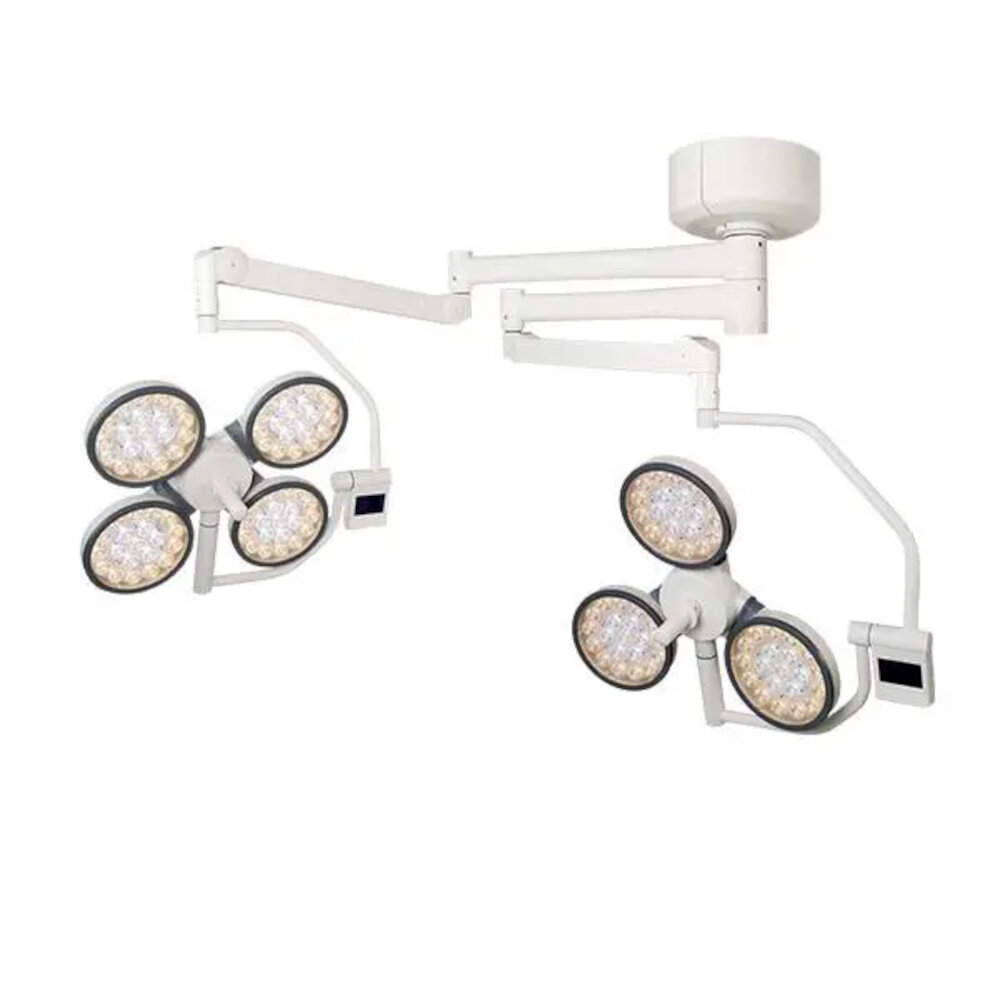
Understanding the relationship between amp draw and energy efficiency is crucial when it comes to LED recessed lights. Amp draw refers to the amount of electrical current that flows through a circuit, while energy efficiency is a measure of how much energy is converted into useful work. In the case of LED recessed lights, the amp draw directly impacts the energy efficiency of the fixture. The higher the amp draw, the more energy is being used to power the fixture, which reduces its overall efficiency. One way to increase energy efficiency while reducing amp draw is to switch to LED recessed lights. LEDs are known for their low power consumption, which means that they require less electrical current to operate. This not only reduces the amp draw but also increases the energy efficiency of the fixture. In addition, LED lights have a longer lifespan than traditional incandescent bulbs, which means that they will need to be replaced less often, further reducing energy consumption and costs. By understanding the relationship between amp draw and energy efficiency, you can make informed decisions when choosing LED recessed lights for your home or business.
The relationship between amp draw and energy efficiency of LED recessed lights is a crucial aspect to consider when making an informed decision for either residential or commercial lighting. Amp draw refers to the current that flows through the LED light fixture. High amp draw means high current and more electricity consumption, which translates to low energy efficiency. On the other hand, low amp draw means low current and less electricity consumption, which translates to high energy efficiency. Therefore, LED recessed lights with low amp draw ratings have a higher energy efficiency and are ideal for energy-saving purposes. By choosing LED recessed lights with low amp draw ratings, homeowners and businesses can save on energy costs while still providing adequate lighting.
When it comes to LED recessed lights, balancing amp draw and energy efficiency is crucial for optimal performance. To achieve this balance, it’s important to select LED lights that have a low amp draw and high lumens output. This will ensure that the light fixtures consume less energy while providing sufficient brightness. Additionally, selecting lights with a high color rendering index (CRI) will ensure that the light produced is of high quality and doesn’t strain the eyes. It’s also important to ensure that the power supply is compatible with the light fixtures and that there are no loose connections or faulty wiring that may cause an increase in amp draw. By paying attention to these factors, you can achieve a balance between amp draw and energy efficiency that will help you save on energy costs while enjoying optimal lighting conditions.
Maximizing energy efficiency is an essential step towards preserving the environment and minimizing energy costs. One of the best ways to do so is by investing in LED recessed lights which consume less energy than traditional lighting systems. Additionally, it is important to ensure that your home is well-insulated to prevent heat loss during the winter and reduce cooling costs in the summer. You can also install programmable thermostats to regulate the temperature in your home when you are away, and switch to energy-efficient appliances. Finally, it is important to turn off lights and electronics when they are not in use to save energy and reduce your carbon footprint. By following these tips, you can maximize energy efficiency in your home and contribute to a sustainable future.
Benefits of LED Recessed Lights
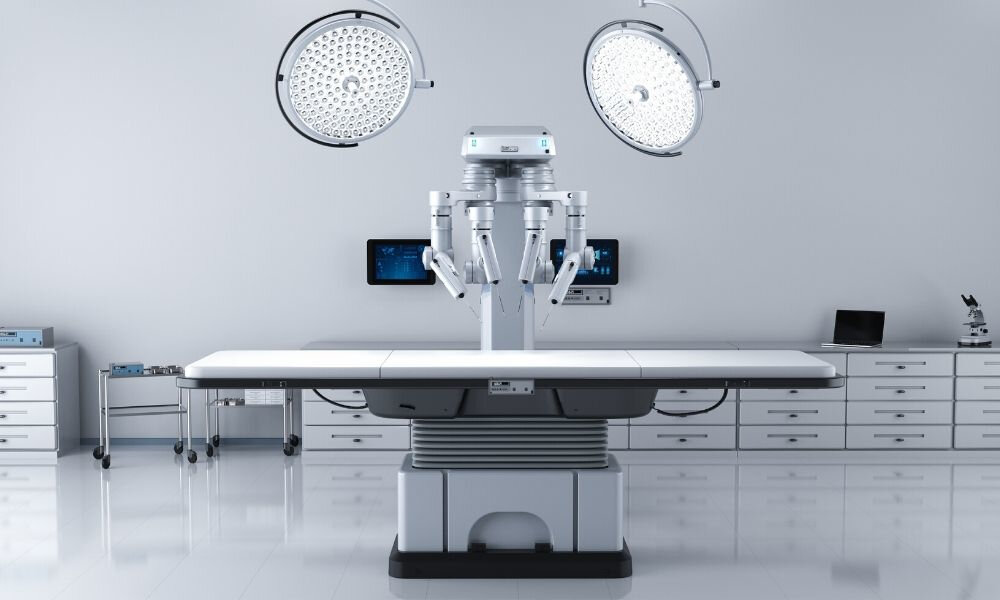
LED recessed lights are an energy-efficient lighting solution that offers a myriad of benefits over traditional lighting options. One of the main advantages of LED recessed lights is their energy efficiency, as they use up to 85% less energy than traditional lighting sources. This means that LED recessed lights not only help reduce energy bills but also contribute to reducing carbon footprint, making them a more sustainable lighting option. Moreover, LED recessed lights have a longer lifespan than traditional lighting sources, which means that they require less maintenance and replacement, ultimately reducing costs in the long run. Another benefit of LED recessed lights is their versatility in terms of design and functionality. These lights come in a variety of shapes, sizes, and color temperatures, making them suitable for different types of spaces and purposes. LED recessed lights can provide soft, warm lighting for a cozy and relaxing atmosphere, or bright, cool lighting for a more functional and productive environment. Additionally, LED recessed lights are also dimmable, which allows for more control over the lighting environment and can create a more dynamic and customizable atmosphere. Overall, LED recessed lights offer a cost-effective, energy-efficient, and versatile lighting solution that can enhance any space’s aesthetic and functionality.
LED recessed lights have become increasingly popular over traditional lighting options for several reasons. One of the most significant advantages is the energy efficiency they offer. LED lights utilize significantly less energy than traditional lighting options, resulting in lower electricity bills and reduced carbon footprint. Additionally, LED lights last much longer than traditional bulbs, reducing the need for frequent replacements and maintenance. LED lights are also highly versatile and can be used in a variety of settings, including residential and commercial spaces. They provide brighter and more consistent lighting, making them ideal for task lighting and accent lighting. Overall, the benefits of LED recessed lights make them an excellent choice for anyone looking to save energy and money while enjoying bright and reliable lighting.
LED recessed lights can save a significant amount of money on energy bills due to their high energy efficiency. Unlike traditional incandescent bulbs, LEDs convert almost all of the energy they consume into light rather than heat, resulting in less wasted energy and lower electricity costs. Additionally, LED bulbs last much longer than their incandescent counterparts, reducing the need for frequent replacements and further reducing energy consumption. By switching to LED recessed lights, homeowners can enjoy brighter, more energy-efficient lighting while saving money on their monthly energy bills.
LED recessed lights have significant environmental benefits when compared to traditional lighting sources. LED lights use less energy than incandescent bulbs, which means they use less electricity and help reduce carbon emissions. They also have a longer lifespan, which means less frequent replacement and less waste in landfills. Additionally, LED lights do not contain hazardous materials like mercury, which can harm the environment if not disposed of properly. Furthermore, LED lights can be programmed to turn off and on automatically, which helps reduce energy usage and saves money on electricity bills. Overall, LED recessed lights are a more sustainable and eco-friendly option for those looking to reduce their carbon footprint and contribute to a healthier planet.
Understanding the amp draw and energy efficiency of LED recessed lights is crucial for making informed decisions when it comes to lighting choices. By knowing the amp draw, you can determine the electrical load of your lighting system and ensure that it is compatible with your electrical system. Moreover, energy efficiency is a critical factor to consider in today’s world, where energy conservation is becoming increasingly important. By selecting energy-efficient LED recessed lights, you can reduce your energy consumption, save money on your utility bills, and contribute to the preservation of the environment. In summary, having a good grasp of amp draw and energy efficiency is essential to making smart choices in lighting that benefit both you and the planet.
In conclusion, LED recessed lights are a highly energy-efficient lighting option that can provide numerous benefits for homeowners and businesses alike. With their low amp draw, they can help to reduce energy costs and minimize your environmental impact. Additionally, they offer a long lifespan and require minimal maintenance, making them a cost-effective lighting solution in the long run. Furthermore, LED recessed lights provide a sleek and modern look that can enhance the aesthetic appeal of any space. Overall, if you’re looking for a lighting solution that is both efficient and stylish, LED recessed lights are definitely worth considering.
Conclusion

In conclusion, understanding the amp draw and energy efficiency of LED recessed lights is crucial for both homeowners and businesses looking to save money and reduce their environmental impact. By choosing LED lights with lower amp draw and higher energy efficiency, one can not only reduce their electricity bills but also contribute towards a sustainable future. It’s important to keep in mind that while LED lights may have a higher upfront cost, their long-term benefits make them a worthwhile investment. So, before making a purchase, it’s essential to consider the amp draw and energy efficiency of the LED recessed lights to ensure maximum savings and minimal impact on the environment.

